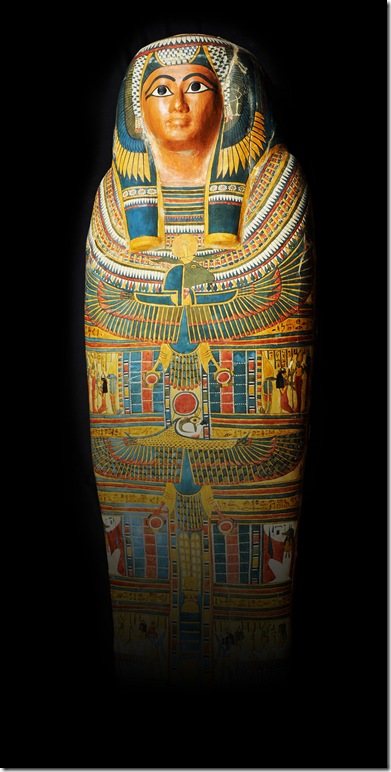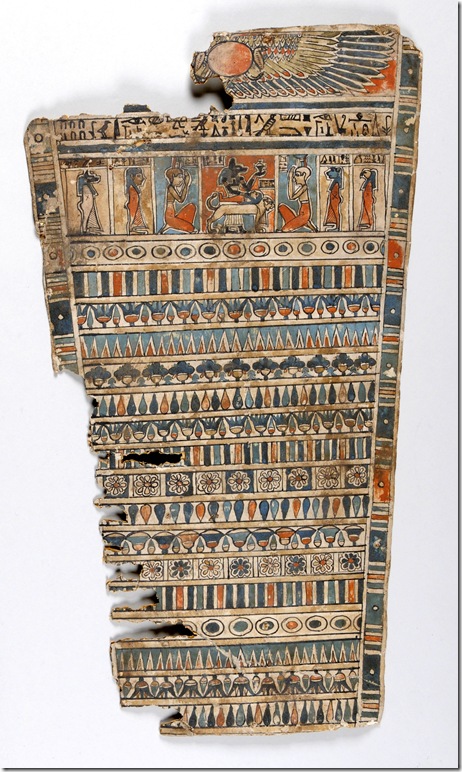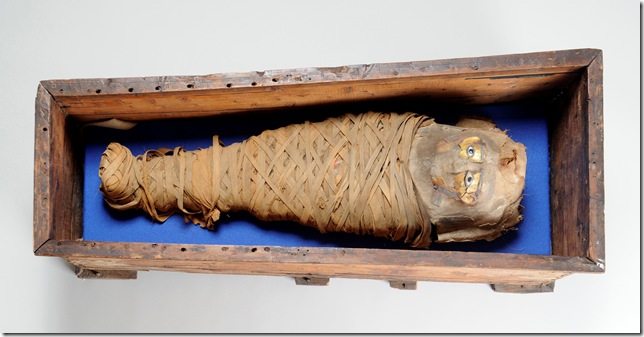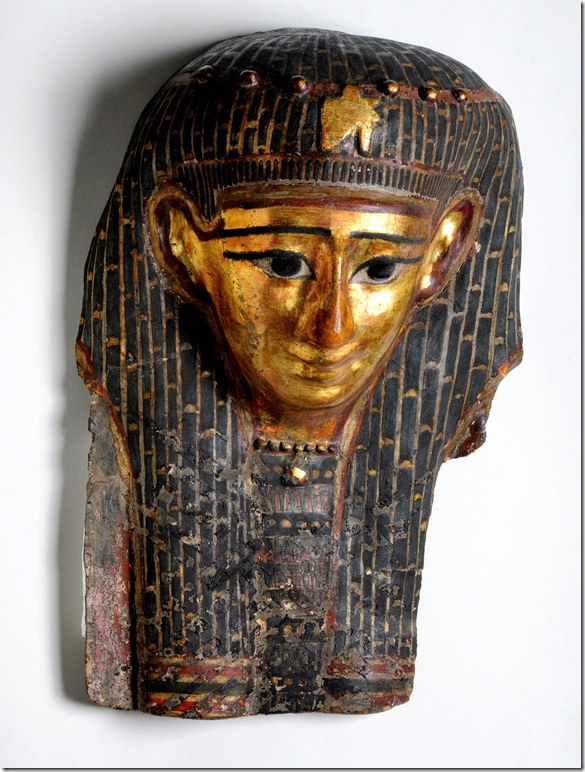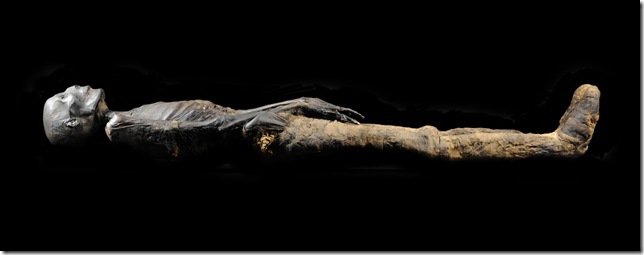Ramses the Great, who ruled ancient Egypt for 66 years during Egypt’s 19th Dynasty, is said to have sired more than 96 sons and 60 daughters during his lifetime.
One of his sons, now known as the Ramesside mummy, is on display through next spring at the South Florida Science Center and Aquarium as part of its new exhibit, Afterlife: Tombs and Treasures of Ancient Egypt.
“The way ancient Egyptians coped with dying was to keep on living,” says Lew Crampton, president and CEO of the Science Center.
Ancient Egyptians made elaborate preparations and rituals for their life in the afterworld. These included funerary items for protection and guidance, amulets such as scarabs for magical powers and good fortune, sacred texts, carnelian, crystal and amethyst jewelry and even food items were placed in their coffins to accompany them into the afterlife and prepare them for eternity.
The exhibit, the largest touring exhibition of Egyptian material, is put together by United Exhibits Group of Copenhagen and the Bolton Museum of the United Kingdom, and is making its North American debut in Palm Beach County. Over the past 10 years, more than 4.5 million people worldwide have seen the exhibit, organizers say.
“The artifacts on display illustrate that the Egyptian culture was truly one of the most advanced and elaborate of its time,” Crampton says.
The Ramesside mummy, which has its teeth and nails intact, is approximately 3,500 years old, and was determined to be a 25-year-old son of Ramses II after undergoing an MRI and CAT scan on the British TV show Mummy Forensics.
Facing east, toward the rising sun, the unwrapped mummy is said to be cursed, according to Kate Arrizza, the COO of the museum.
“When the show was in Taiwan, the moment this mummy was placed in his coffin, there was an earthquake. All the lights went out except for the one shining on him,” she recounts.
“When he was installed here, I got goosebumps,” she says. “There was an unsettling aura in the room. And my staff says they’ve seen his eyes open and close.”
“I don’t like to be here with him alone,” Arrizza says.
A 2,000-year-old child mummy found inside Thutmose’s III tomb underwent a CAT scan and MRI last month at St. Mary’s Medical Center in West Palm Beach to determine her cause of death.
Originally believed to have died of complications from tuberculosis, the scan revealed the girl, who was between 30 and 42 months old — 2½ to 3½ years — most likely died of appendicitis.
“What was most surprising was how well the mummification process kept the bones and features of the child intact,” said Dr. Chad Kelman, chairman of the radiology department at St. Mary’s, who conducted the scan along with Dr. Michael Katz, the hospital’s chief pediatric radiologist.
Kelman, who said he was at first apprehensive about the scan, said it was a-once-in-a-lifetime opportunity.
“Not only did we most likely determine her cause of her death, we verified her gender, age and race using the bone features such as height and hand and wrist circumference,” Kelman said. “I’m happy we were able to provide new insight into the history of this ancient Egyptian relic.”
There are five mummies on display, including a woman who was found inside the coffin of Panesittawy. Many of the highlights in the exhibition come from England’s Bolton Museum’s Egyptology collection, and were curated by the museum’s Egyptologist, Dr. Carolyn Routledge.
“The ancient Egyptian artifacts on display come from some of the most spectacular excavations in Egypt during the past 150 years,” Routledge said in a prepared statement.
Most are from the Valley of the Kings and Deir el Bahri in Luxor, and were dug up between 1880 and 1972 by the nonprofit Egypt Exploration Society of Great Britain.
All in all, objects on display include more than 200 artifacts between 1,500 and 6,000 years old, including painted masks, coffins, jewelry, and vases used to hold the internal organs that were removed before the process of mummification.
The exhibition culminates in a re-creation of the Valley of the Kings tomb where visitors enter a reproduction of the chamber of Thutmose III and see the Ramesside mummy, one of the best-preserved mummies in existence.
“In ‘Afterlife,’ guests are able to experience the lives of ancient Egyptians through more than 200 authentic and exquisite artifacts,” says Crampton.
“While these artifacts have never been viewed in the U.S., an earlier version of the exhibit with different artifacts was on display at some of the top U.S. art museums, including the Metropolitan Museum of Art in New York,” he says.
Afterlife: Tombs & Treasures of Ancient Egypt is on display through April 18 at the South Florida Science Center and Aquarium, 4801 Dreher Trail North, West Palm Beach. Tickets are $19.95 for adults who are not members of the museum. For more information, call the science center at 561-832-1988 or visit sfsciencecenter.org. Hours are: Monday-Friday from 9 a.m. to 5 p.m., and Saturday and Sunday from 10 a.m. to 6 p.m.
